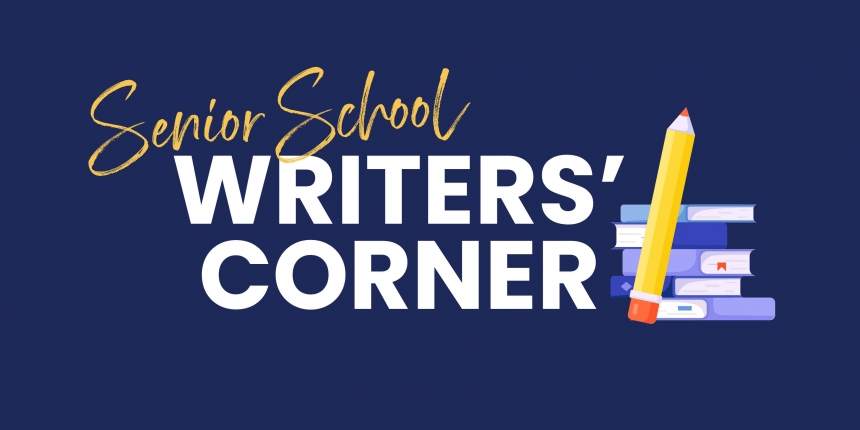The below is a piece of discursive writing from one of our Year 11 students, Leona M on the topic of “We are one, we are many”.
At my school, assemblies always started with the whole auditorium singing Advance Australia Fair. The teachers belted it out proudly, but most of us mumbled our way through, tripping over the verses like it was nothing. I’d glance down the rows and see friends who spoke Serbian or Tagalog at home, shifting awkwardly through the anthem's stiff words. For me, the moment was less about patriotism and more about how strange it felt to call this song our voice when it didn’t match the way people around me spoke.
During his long prime ministership, John Howard made a career out of trying to define that single, mainstream voice rooted in the bush myth, the ANZAC spirit, the battlers' resilience. He often rejected multiculturalism as a defining principle, arguing instead for integration. To some, that charity was comforting: a strong, stable chord running beneath the noise of difference. But for others, it was suffocating. When Howard refused to apologise to the Stolen Generations, it wasn’t just a political stance; it was a refusal to listen, a decision that some voices didn’t belong in the national harmony. The 2000 Sydney Harbour Bridge walk, where over 250,000 people marched for reconciliation, showed how excluded voices rise together. Yet beyond the corridors of power, I notice this same voice in ordinary moments, where people’s actions and words create subtle, overlapping patterns.
Everyday life, beyond politics and formal speeches, reveals a different kind of voice, one shaped not by official narratives, but by everyday interactions. The humour we share, the habit of shortening words, the casual tone of conversations, these quirks appear in everything from Kath & Kim to Paul Hogan films. They create moments of familiarity, an informal harmony. Part of me wants to believe there is some unifying thread, a melody strong enough to cut through the differences and bind us together.
But that thread is never as simple as it seems. On August 31st of this year, anti-immigration protesters filled the city streets, chanting slogans about defending “our culture.” Watching the footage, I wondered whose culture they were really defending. It certainly wasn’t the voices of the communities I grew up with: Greek-speaking neighbours or those who went to Armenian school every Saturday. These were precisely the voices that were being told they did not belong. Those protests weren’t really about protecting culture; they were about silencing it.
What complicates this further is that even language betrays the myth of one voice. Australian English exists in broad, general, and cultivated varieties, and you can hear the contrast in Cathy Freeman’s refined vowels and Steve Irwin’s unmistakable drawl. Both are recognisably Australian, yet carry very different social and cultural weights. So, when Howard sought to promote a singular, mainstream voice, these variations show just how fluid and diverse the national voice has always been, shifting with region, context, and community.
Perhaps this was the point though. The Australian voice is not a fixed sound but a continual negotiation oscillating between myths and the realities we live. It moves between rural stories and urban life, between Howard's battlers and the diverse communities of our cities, between humour and seriousness, inclusion and exclusion. It is sometimes messy, sometimes jarring, but always alive.
I think back to those assemblies, the awkward mumbling and glances around the auditorium. At the time, it felt clumsy or almost embarrassing and sometimes I wonder if that awkwardness means something greater. Maybe it was a reminder that the Australian voice has never been singular or seamless, or maybe it revealed the unsettled nature of a country still forming its collective voice, one that is inevitably fractured, layered and unfinished.
Leona M
Year 11 Student

